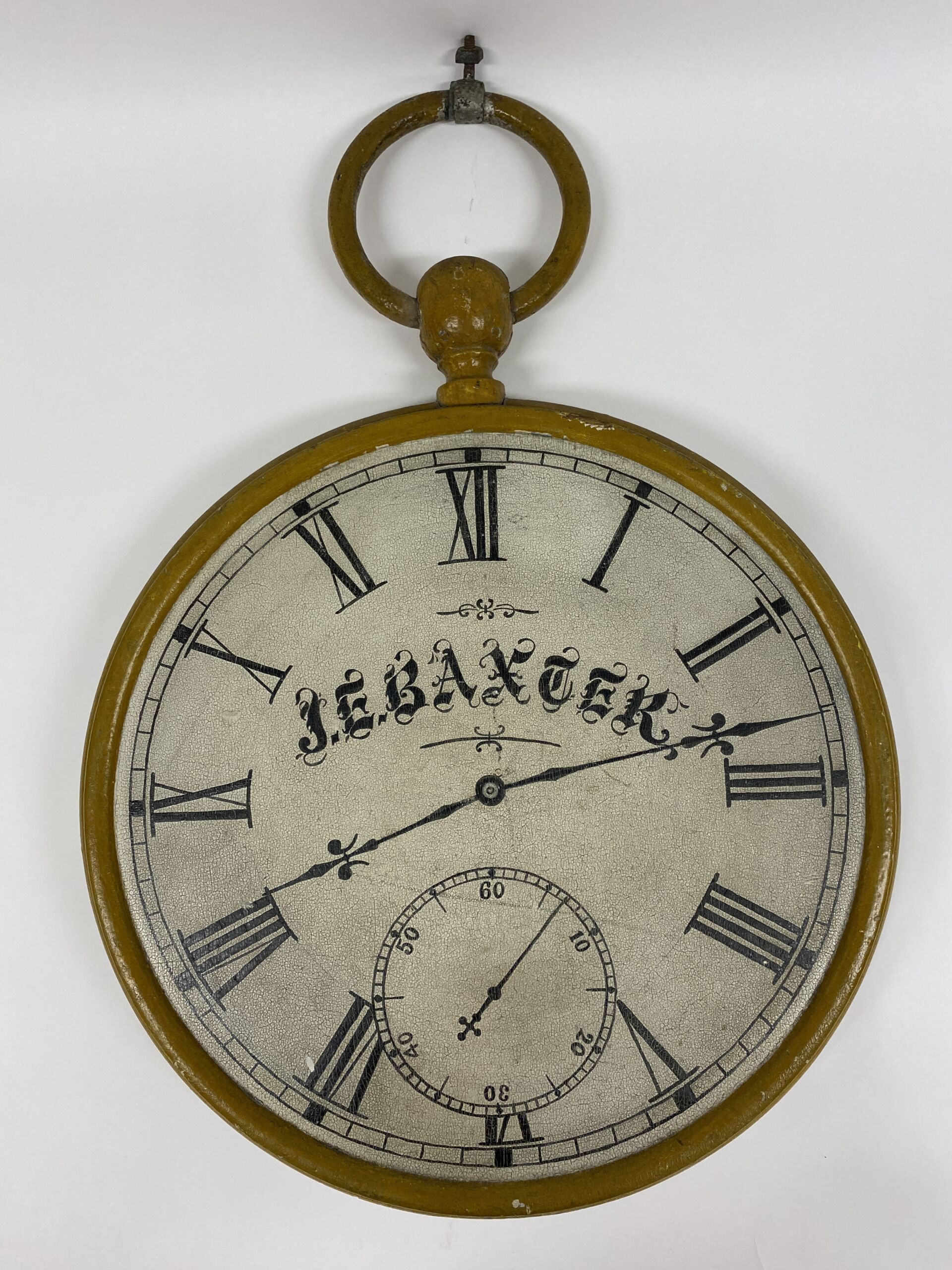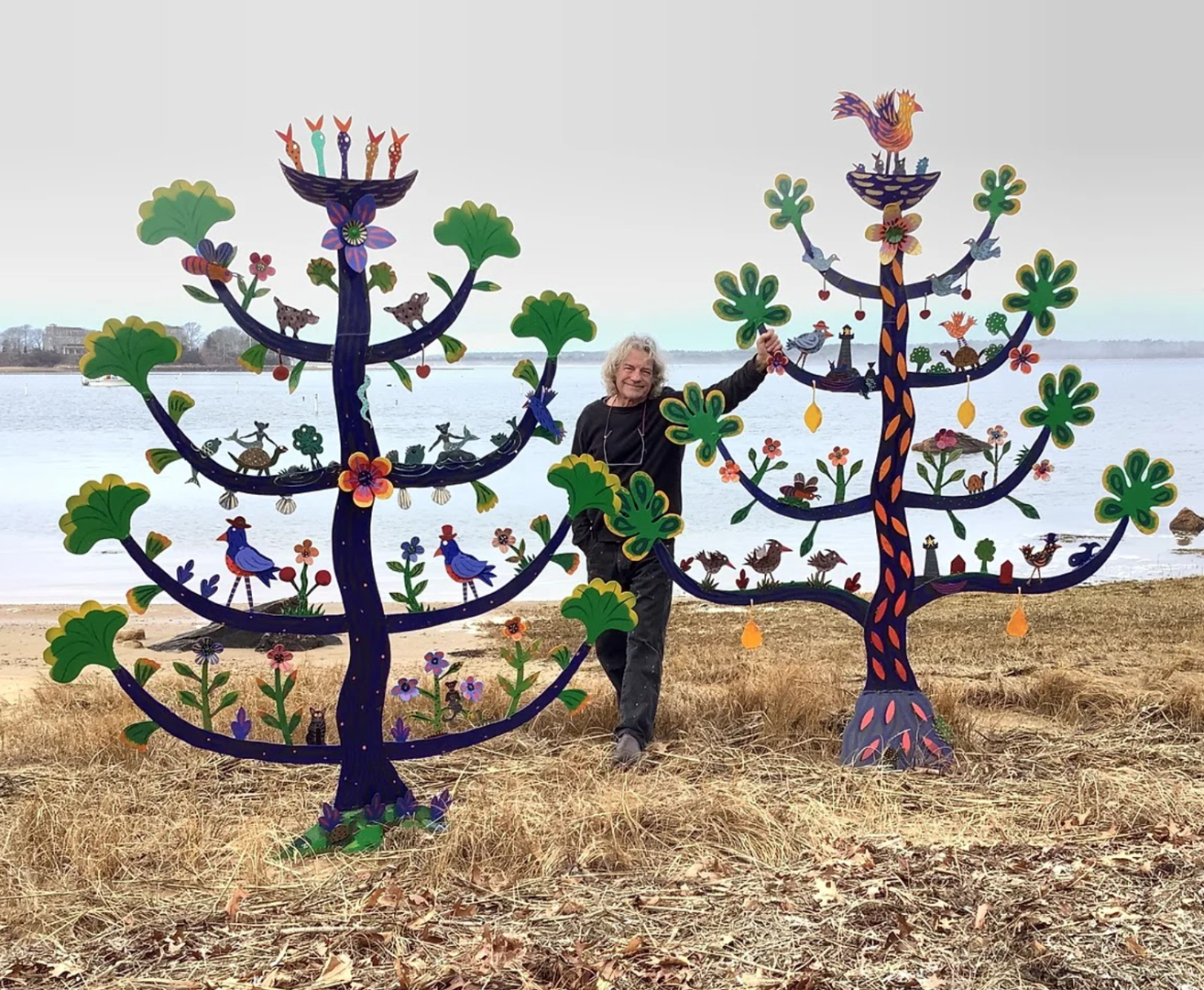Hydrangea Season: 2021 Possibly the Best Year Yet
The stars have aligned this year for our favorite summer plant, Hydrangea macrophylla. Thanks to many factors (mostly weather) this is shaping up to be one of the best years for flowering that I can remember. I’ve lived on the Cape for almost 10 years and there have been only three years that this species has flowered well, and 2021 is possibly the best.
First, we must remember that Hydrangea macrophylla flower in July on last season’s growth. Hence, any damage to the plant over the winter will affect flowering the following season.
Any one of many factors can contribute to the flowering, or lack thereof. Weather is the most common culprit. Native to coastal Japan, the climate of the Cape is very similar to that of their native regions. In Japan, their weather patterns cross the ocean prior to crossing the islands, which moderates the temperatures and the temperature fluctuations. By contrast, our geography has one major difference to that of Japan: we are attached to the North American continent and our weather patterns typically move from west to east. Our weather comes across the continent prior to crossing the Cape. This can lead to very rapid drops in temperature and cold winds with very low humidity.
The factors that can lead to poor flowering are many, and any one factor can lead to few, if any, flowers. Low temperatures, of course, are the first thing that we all think of when considering why our plants have no flowers. But severe winds can be of equal peril. Wind, especially the dry winds of winter, can desiccate the buds and stems. In general, temperatures below 10 degrees Fahrenheit are when I worry. But we can easily have 15-20 degree temperatures but 40-mph winds from the northwest. This combination will quickly desiccate the plants and hence, no flowering the following summer.
Another common problem we encounter is beautiful spring weather, usually in April, and the plants break bud and begin to grow, only to be burnt back by temperatures below freezing. Since these plants have their flower buds hidden away in the buds, they are vulnerable to these late-season freezes. Once these buds are frozen, most likely the flower for that season is gone.
Since there are so many factors that can cause no, or very little, flowering on Hydrangea macrophylla, how can we avoid the problems and ensure flowering? At Heritage Museums & Gardens, we’ve tried many techniques. We’ve surrounded the plants with burlap and then covered the plants with pine needles. We’ve surrounded the plants with freeze protection cloth and filled the center with leaves. In the end, after multiple years of trials, we’ve come to the conclusion that these techniques help very little, if at all. The biggest factor is actually the cultivar. Some are hardier than others. Some survive winters better than others. And ultimately, the best practice is to plant one of the new re-blooming cultivars of Hydrangea macrophylla, such as “Summer Crush” or “Twist-n-Shout.” Even if these cultivars are frozen to the ground, the new growth will flower in August.
Come and visit the North American Hydrangea Test Garden at Heritage Museums & Gardens to see all the cultivars and how they perform on the Cape.






